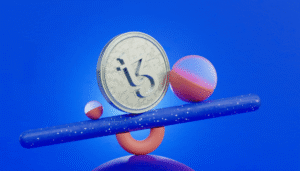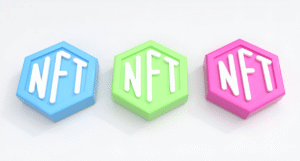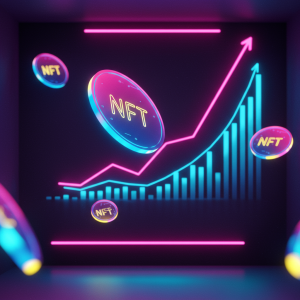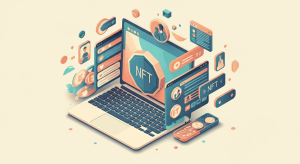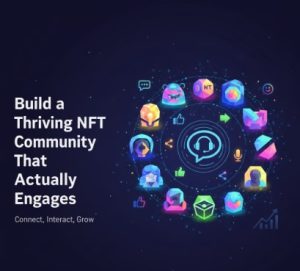Understanding NFT Rarity: How Traits Influence Market Value

The digital collectibles market continues evolving as investors and collectors become increasingly sophisticated in how they evaluate non-fungible tokens. Among the most critical factors determining an NFT’s market value is its rarity profile—the unique combination of attributes that sets it apart from others in the same collection.
The Rarity Mechanism
NFT rarity operates on a straightforward principle: scarcity drives value. When an NFT possesses uncommon traits or features within its collection, it typically commands higher market prices. This correlation stems from basic economic principles where limited supply meeting substantial demand creates upward price pressure.
Modern NFT collections are designed with programmatic rarity distribution. Artists and developers carefully structure trait categories and their occurrence frequencies before generating the final collection. These trait categories might include background colors, character accessories, facial expressions, or countless other attributes depending on the collection theme.
According to recent marketplace analyses from OpenSea’s research department, collections with transparent rarity structures typically maintain stronger floor prices compared to those with arbitrary or unclear rarity mechanisms.
Quantifying the Rarity-Value Relationship
The correlation between trait rarity and market value isn’t merely anecdotal—it’s measurable. When examining top-performing collections, we consistently observe value distribution patterns that align with rarity profiles.
A single ultra-rare trait can dramatically increase an NFT’s value regardless of other attributes. For instance, in collections where less than 1% of tokens feature a specific background type or accessory, those tokens frequently trade at 5-10x the collection’s floor price.
Statistical analysis reveals diminishing returns beyond certain rarity thresholds. While the difference between 5% and 1% trait frequency significantly impacts value, the difference between 0.5% and 0.1% often yields more modest additional premiums. This pattern suggests psychological pricing barriers within the collector community.
Beyond Raw Rarity: The Aesthetic Premium
Interestingly, raw statistical rarity doesn’t tell the complete story. Subjective attractiveness and cultural relevance create what analysts call the “aesthetic premium”—traits that aren’t necessarily the rarest but are visually appealing or culturally significant often outperform purely statistical valuation models.
Collections frequently develop unofficial hierarchies where certain traits become highly sought after despite not being the mathematically rarest. This phenomenon reflects the art market’s subjective nature underlying NFT valuations.
The Utility Factor in Rarity Valuation
Modern NFT projects increasingly attach utility functions to certain traits. When specific attributes unlock additional features, experiences, or benefits, they can command significant premiums irrespective of their frequency distribution.
Tracking utility-based value correlation requires more sophisticated analysis than traditional rarity tools provide. The intersection of rarity, aesthetics, and utility creates complex value landscapes that savvy collectors must navigate.
Investor Psychology and Rarity Perception
The perception of rarity can sometimes matter more than mathematical rarity itself. Projects with effective storytelling around their trait distribution often see stronger correlation between rarity and value.
This psychological dimension explains why some statistically common traits command premiums when they align with compelling narratives or community preferences. It also explains why rarity tools have become indispensable resources for serious collectors seeking objective valuation metrics.
Practical Applications for NFT Investors
Understanding how rarity correlates with value offers practical advantages for NFT investors:
For new collectors, focusing on mid-tier rarity often provides optimal value—tokens rare enough to maintain value but not so rare they command extreme premiums.
Experienced investors frequently target undervalued rarity, seeking tokens where mathematical rarity hasn’t yet translated to corresponding market prices.
When evaluating any collection, examining trait distribution across all categories provides deeper insight than focusing solely on overall rarity scores.
Visit our homepage for additional resources on advanced NFT investment strategies and valuation techniques.
Conclusion
The correlation between NFT rarity traits and market value represents one of the most fascinating aspects of digital collectibles markets. While statistical rarity provides a baseline for valuation, the complete picture encompasses aesthetic appeal, utility considerations, and community perception.
As the market matures, we anticipate increasingly sophisticated models for quantifying these relationships. What remains certain is that understanding rarity mechanics remains essential for anyone seriously engaging with the NFT ecosystem—whether as creator, collector, or investor.

